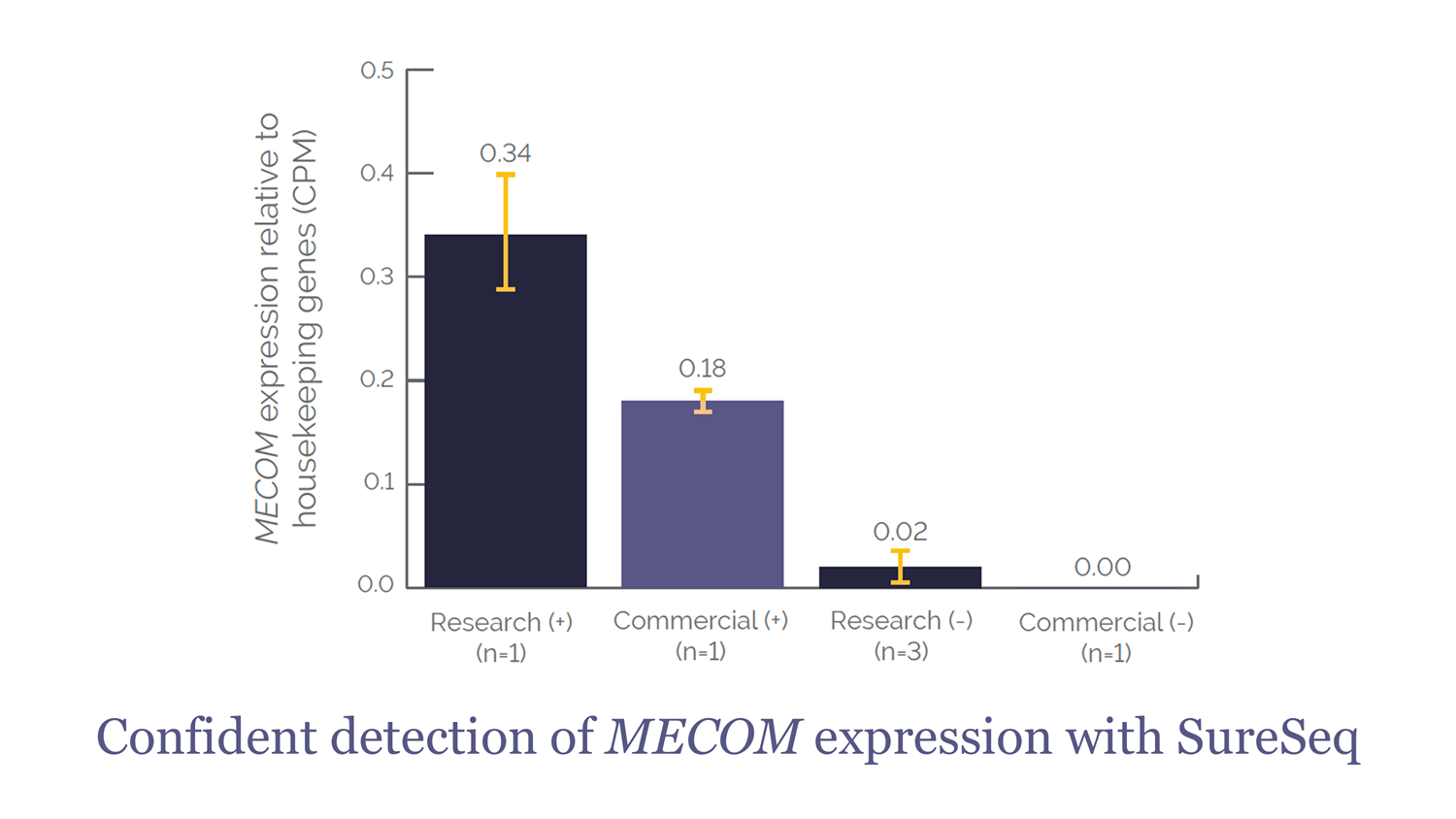This study highlights the ability of the SureSeq™ Myeloid Fusion Panel to detect multiple fusions, identify breakpoints, and capture MECOM overexpression, so your lab can achieve higher efficiency sample classification with a single assay.
View resource
No resources found.
